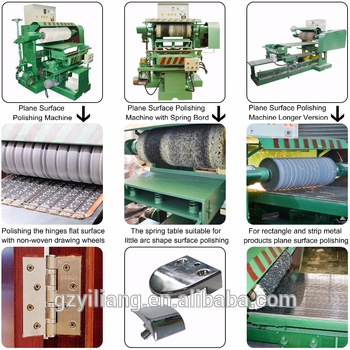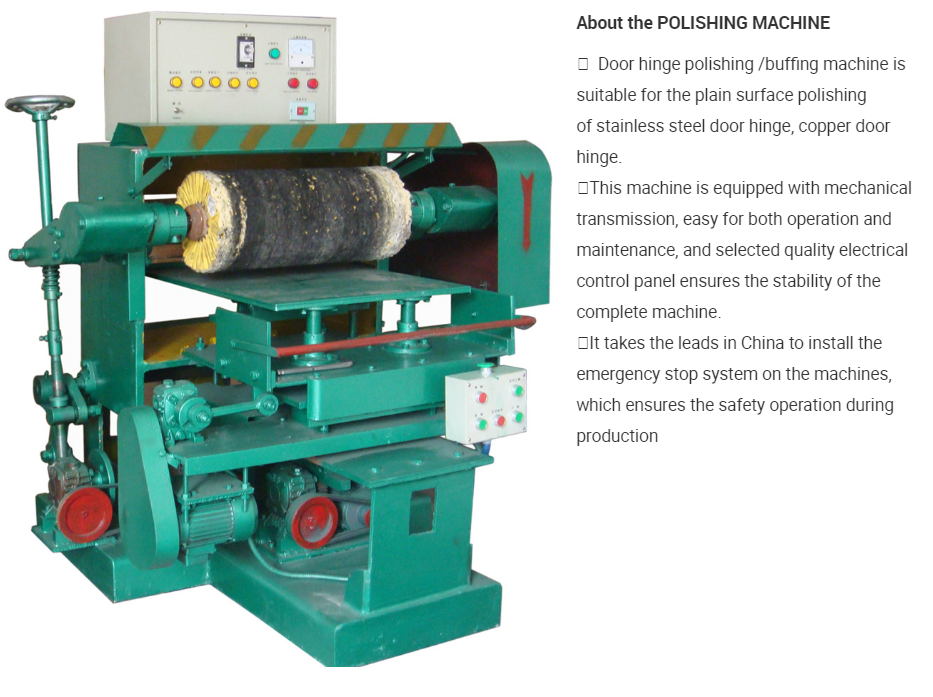Polishing mechanical parts failure forms and focusing on use
Views : 203
Update time : 2022-12-30 08:56:02
When polished mechanical parts cannot work normally for some reasons, it is called failure, and its main failure forms are:
1, fracture, when the polishing machine parts under the action of external load, due to a certain dangerous profile stress exceeds the strength limit of the part and the fracture, such as the bolt is screwed, or when the part under the action of cyclic variable stress compounding, due to the stress on a dangerous profile exceeds the fatigue limit of the part and the fatigue fracture, such as the fracture of the root of the gear tooth.
Fracture is a serious form of failure, which not only makes equal parts fail, but sometimes leads to serious personal and equipment accidents.
2, plastic deformation, when the polishing machine parts under the action of external load, the stress on it exceeds the yield limit of the material, plastic deformation will occur, which will cause the size and shape of the parts to change, destroy the mutual position and matching relationship between multiple pieces, so that the parts or machine can not work normally, such as the plastic deformation of the entire gear teeth will destroy the meshing conditions, in the process of operation will produce brush vibration and large noise, the base can not operate.
3, excessive elastic deformation, polishing mechanical parts when loaded work, bound to occur elastic deformation, in the allowable range of small elastic deformation, the machine Ding has little impact, but excessive elastic deformation will make the parts or machine can not work normally, sometimes will also cause large vibration, resulting in parts damage, such as excessive elastic deformation of the machine tool spindle will reduce the machining accuracy, excessive elastic deformation of the motor spindle will change the air gap between the stator and the rotor, affecting the performance of the motor.
Specific ways to improve the service life of polishing machine:.
1. Put the workpiece into the track first.
2. Align the center of the workpiece with the center of the thousand-page wheel.
3. Lock the track so that the track is tilted at a certain angle (the larger the tilt angle, the greater the forward speed of the workpiece).
4. Start the guide wheel motor, and if the forward speed is suitable, move the grinding head to the workpiece.
5. If the thread appears indicating that the forward speed is faster, the tilt angle of the track can be appropriately smaller.
6. When rough throwing, the speed of the guide roller can be lowered, and the speed of the guide roller is appropriately high when the fine throwing.
 Metal grinding and polishing equipment
Metal grinding and polishing equipment
 Polishing cloth wheel
Polishing cloth wheel
 Stainless steel round tube polishing machine purchase and use and working principle
Stainless steel round tube polishing machine purchase and use and working principle
 How to pay attention to the maintenance of the automatic polishing machine when overhauling
How to pay attention to the maintenance of the automatic polishing machine when overhauling